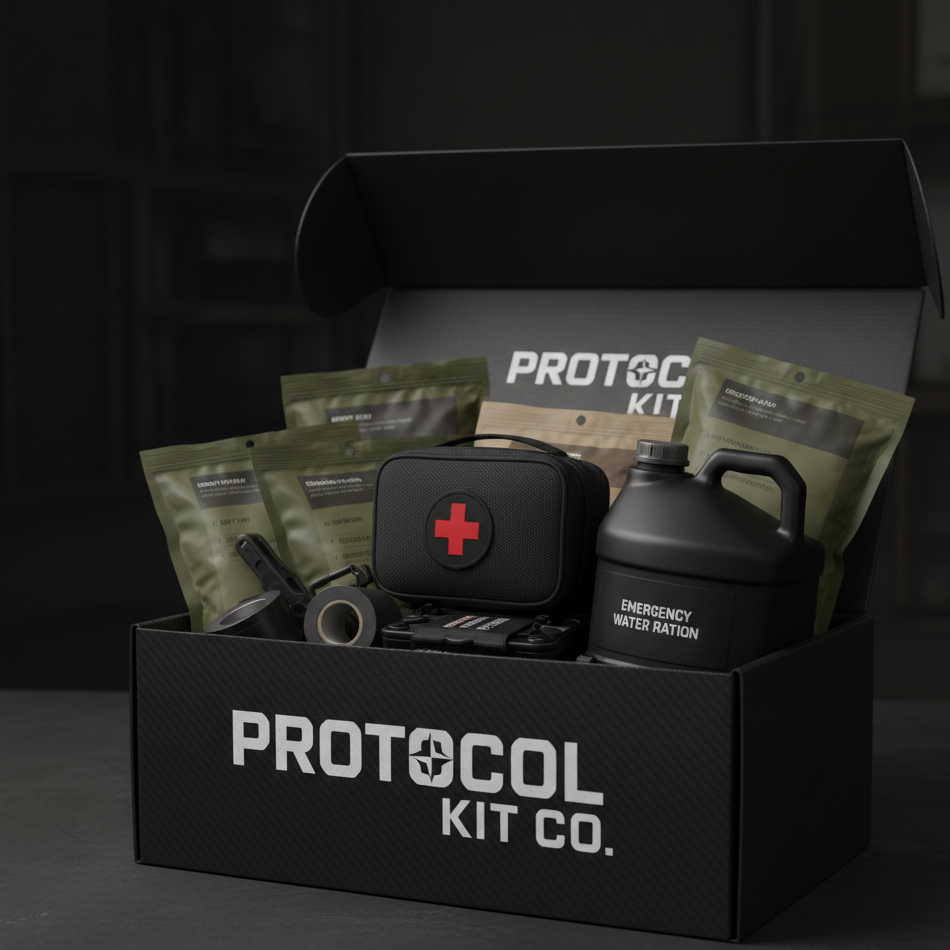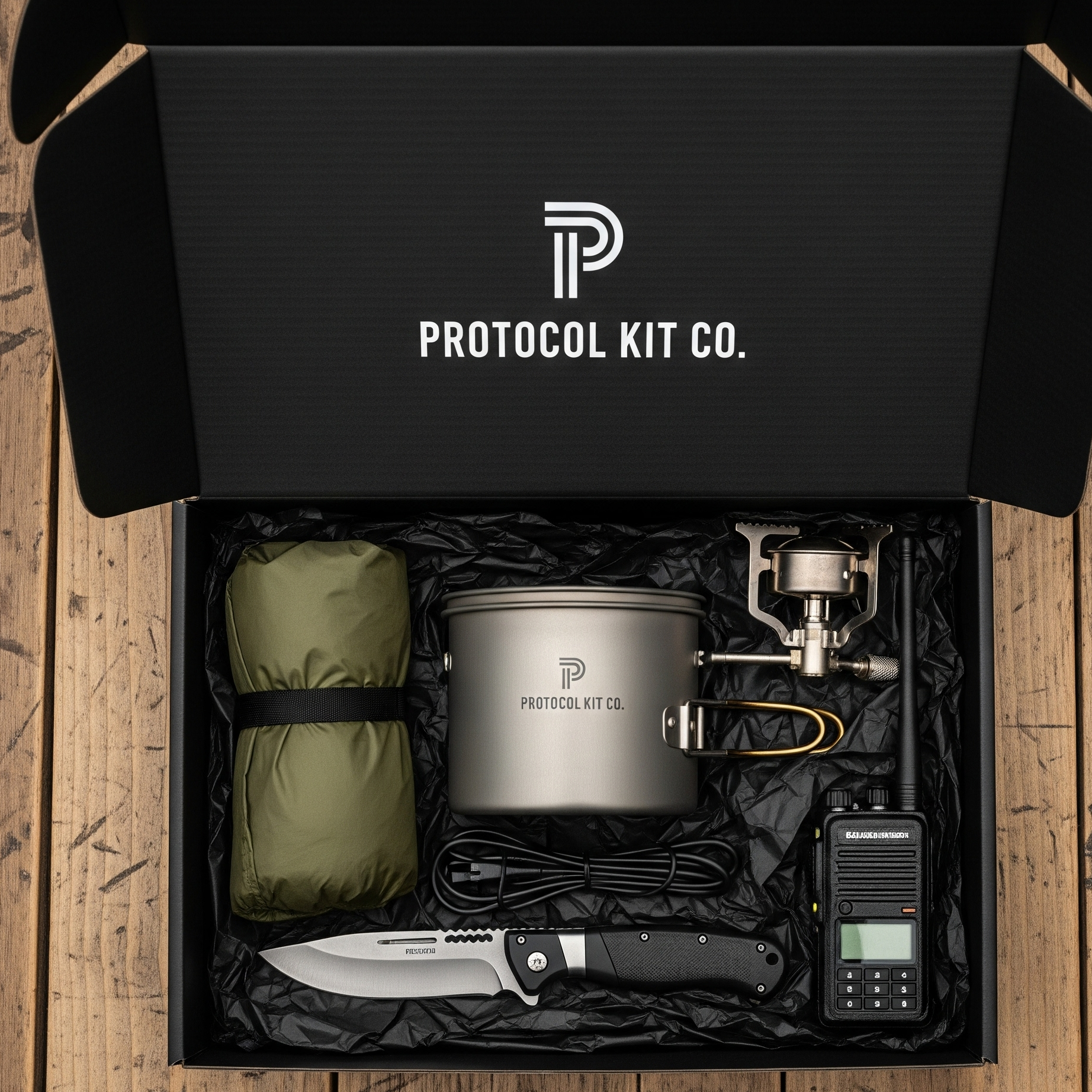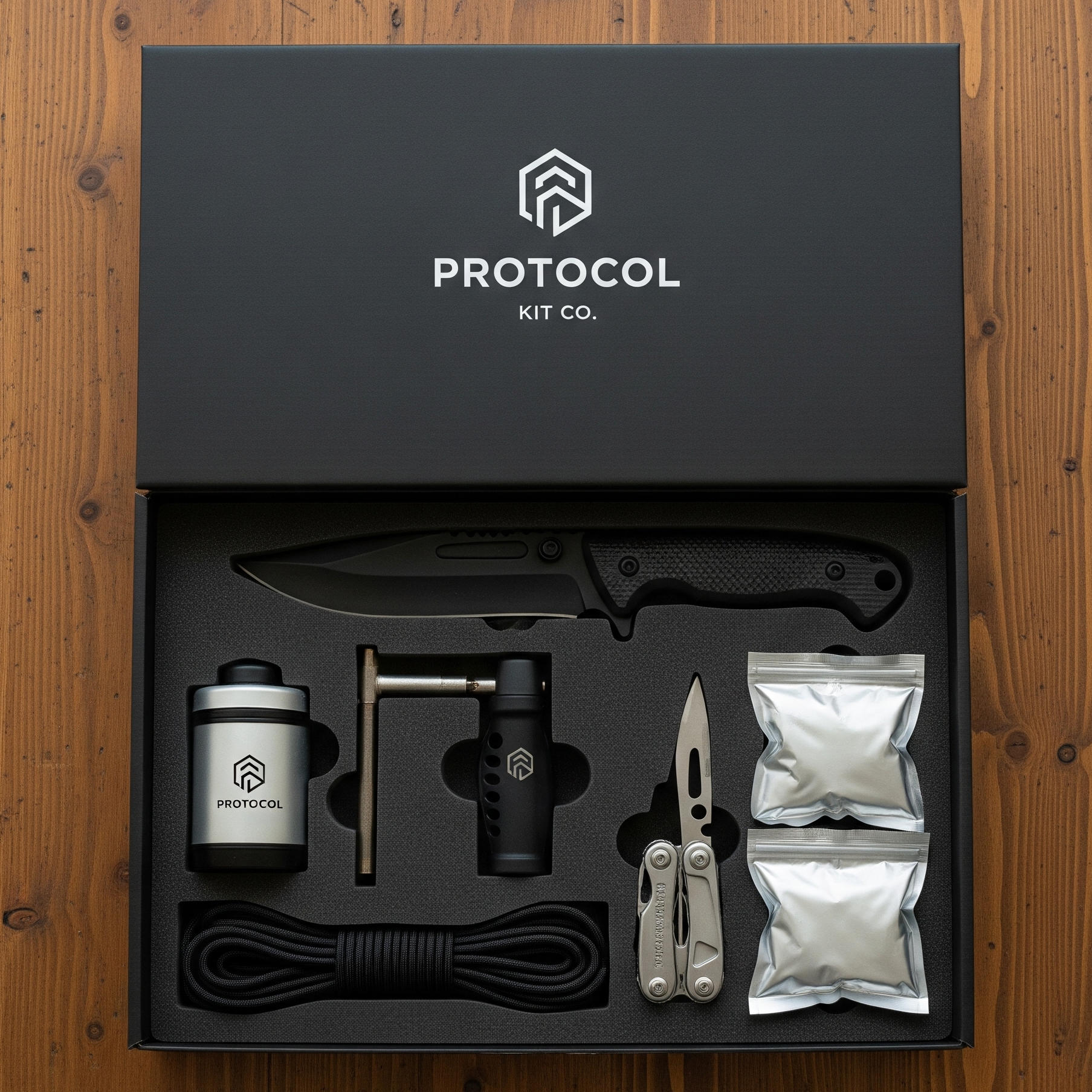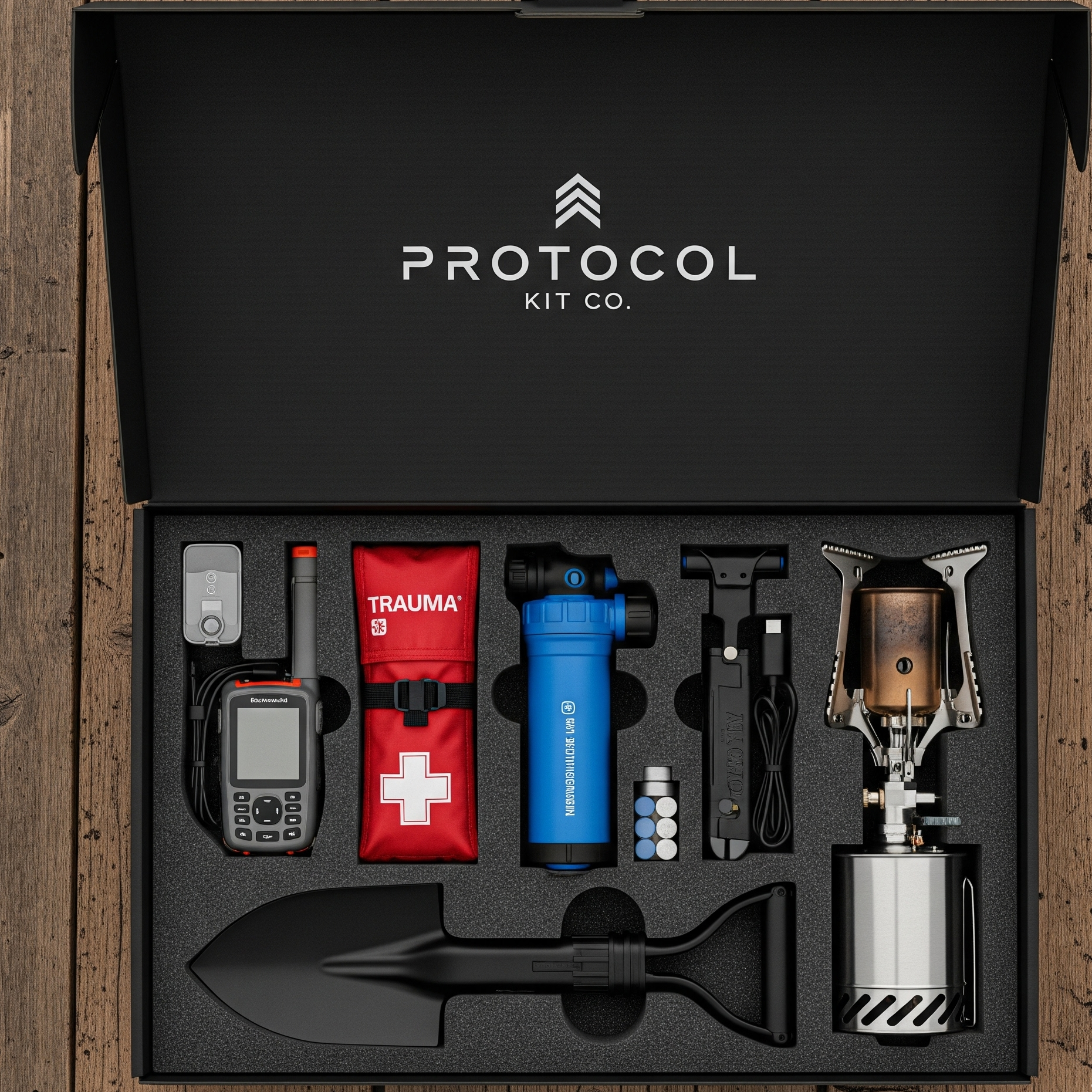In the world of preparedness, we live by the "Rule of Threes." You can survive three weeks without food, but only three days without water. It is the single most critical element for your survival, yet it’s the one most often taken for granted. When a disaster strikes—be it a hurricane, an earthquake, or a simple boil water advisory—the taps can run dry in an instant.
What’s your plan then?
Welcome to the definitive guide to emergency water. Forget panic-buying flimsy plastic bottles from an empty grocery store shelf. We're going to build a robust, multi-layered water strategy that gives you true peace of mind. By the end of this guide, you will understand how to purify, store, and source water like an expert.
First, How Much Water Do You Actually Need?
The baseline recommendation from FEMA and the Red Cross is simple: One gallon of water per person, per day.
This accounts for a half-gallon for drinking and a half-gallon for hygiene and sanitation. For a family of four, that’s four gallons a day. More on sanitation and hygiene must have.
- Your 3-Day Goal (The Minimum): 12 gallons for a family of four. This is your "grab-and-go" supply for immediate evacuation.
- Your 2-Week Goal (The Recommended): 56 gallons. This is a more realistic supply for sheltering in place after a major regional event.
Let's break down how to build that supply safely and effectively.
Part 1: Water Purification - Making Water Safe to Drink
Never assume water from an unknown source is safe to drink. Contaminants like Giardia, E. coli, and Cryptosporidium can incapacitate you when you can least afford it. Mastering purification is a non-negotiable skill.
Here are the four primary methods:
1. Boiling (The Gold Standard) This is the most effective method for killing all disease-causing pathogens, including viruses, bacteria, and protozoa.
- How: Bring water to a rolling boil for one full minute. At altitudes above 6,500 feet, boil for three minutes.
- Pros: 100% effective against pathogens.
- Cons: Uses a significant amount of fuel. It does not remove sediment, chemicals, or heavy metals.
2. Filtration (The Go-To for the Trail) Modern portable water filters are miracles of technology, forcing water through microscopic pores that block bacteria and protozoa.
- How: Filters like the Sawyer Squeeze or Lifestraw use a physical barrier (typically 0.1 to 0.2 microns) to clean water as you drink or squeeze it into a container.
- Pros: Removes pathogens and sediment, improves taste, and is highly portable and reusable.
- Cons: Can clog, may not remove viruses (a concern in populated areas), and can be damaged if allowed to freeze.
3. Chemical Purification (The Lightweight Backup) Iodine or Chlorine Dioxide tablets and drops are an excellent, lightweight backup to have in any kit.
- How: Follow the manufacturer's instructions precisely. Typically, you add tablets or drops to your water and wait 30 minutes to 4 hours for them to kill viruses and bacteria.
- Unscented Household Bleach (Use with Extreme Caution): For a last resort, you can use regular, unscented household bleach with 5%-9% sodium hypochlorite. The ratio is 8 drops per gallon of clear water. Double the amount for cloudy water. Shake and let stand for 30 minutes.
- Pros: Kills viruses, is extremely lightweight and compact.
- Cons: Unpleasant taste, long wait times, and some pathogens (like Cryptosporidium) are resistant.
4. UV Purifiers (The High-Tech Option) Devices like the SteriPEN use ultraviolet light to disrupt the DNA of microorganisms, rendering them harmless.
- Pros: Very fast (60-90 seconds per liter), easy to use, and doesn't affect taste.
- Cons: Requires batteries and is only effective in clear water (sediment blocks the UV light).
Part 2: Water Storage - Building Your Home Supply
Storing water correctly is just as important as having it. Improper storage can lead to contamination or degradation of the container.
The Best Containers for Long-Term Storage:
- Commercially Bottled Water: The simplest way to start. It’s sealed, safe, and ready to go. Buy cases and store them.
- Food-Grade Plastic Containers: This is your best bet for building a large, reusable supply. Look for containers made of HDPE (#2) plastic that are designated as "food-grade" or "BPA-Free." Brands like Aqua-Tainer or WaterBrick are excellent.
- Crucial Tip: NEVER use old milk jugs or juice cartons. The plastic is biodegradable and will break down over time, and proteins from the milk can harbor bacteria.
- 55-Gallon Water Barrels: For the serious prepper, these barrels offer a massive supply. Ensure they are made of new, food-grade plastic, and store them with a long-term water preserver concentrate.
- Find a Cool, Dark Place: UV light from the sun degrades plastic and can promote algae growth. A basement, closet, or garage that doesn't get extreme temperature swings is ideal.
- Keep it Off Concrete: Store containers on shelves or on a piece of wood, as chemicals can leach out of concrete and into the plastic over time.
- Label and Rotate: Use a permanent marker to date every container you fill yourself. Practice the FIFO method (First-In, First-Out). Every 6-12 months, use the oldest water in your supply (for watering plants or cleaning) and refill the container with a fresh supply.
Part 3: Water Sourcing - Finding It When the Taps Are Dry
Your stored supply is your first line of defense, but you must know where to find more.
- Inside Your Home: Your first stop should be your hot water heater tank, which can hold 40+ gallons of potable water. You can also get water from melting ice cubes and even the tank of your toilet (NOT the bowl).
- Outside Your Home: Rainwater is an excellent source. You can also look to rivers, streams, lakes, and ponds. Remember, any water from an outdoor source must be thoroughly purified before consumption.
Your Journey to Readiness Starts Now
Water is life. Building a plan for it is one of the most empowering things you can do for yourself and your family. Start small by buying a few extra cases of bottled water on your next grocery run. Then, buy one good water filter. Then, a few larger storage containers.
Preparedness isn't about fear; it's about confidence. It's about knowing that when the unexpected happens, you have a plan.
Ready to take the first, simple step? We've created a free, one-page Emergency Water Checklist that consolidates all this information into an easy-to-use action plan. Download it now, print it out, and take control of your readiness.











